
potentially hazardous asteroid

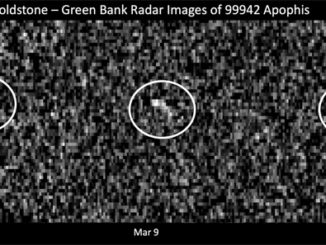

Don’t miss the close flyby of bright space rock 1998 HL1, 25–29 October
Their high detection rate reveals that near-Earth asteroids are commonplace, but they’re typically small, fleetingly observable and very faint. Hence an opportunity to view a large example bright enough to see in a typical backyard telescope shouldn’t be missed! Here’s our guide to tracking down 700-metre-wide 1998 HL1 between 25 and 29 October 2019.
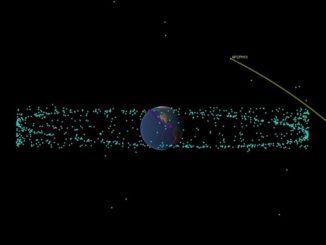
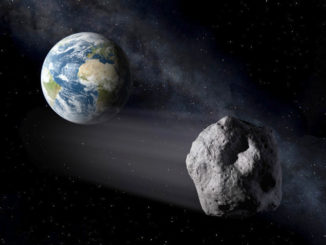

See bright near-Earth asteroid 2017 VR12 pass close to star Spica, 7–8 March
Possibly as large as The Shard in London, Apollo asteroid 2017 VR12 passes just 3¾ lunar distances from Earth at 7:53am GMT on 7 March. For a few nights, this magnitude +12 space rock is a viable target for small backyard telescopes as it gallops through Coma Berenices and Virgo, passing just 0.8 degrees from Spica on the UK night of 7–8 March.

See asteroid 2018 CB’s close encounter on 9 February
As darkness falls over Western Europe on the evening of 9 February, near-Earth asteroid 2018 CB lies almost overhead as seen from the UK. We show you how and when to find this 30-metre-wide space rock as it speeds through the constellations of Perseus and Triangulum, passing just one-fifth of the Moon’s distance away at 22:27 UT (10:27pm GMT).

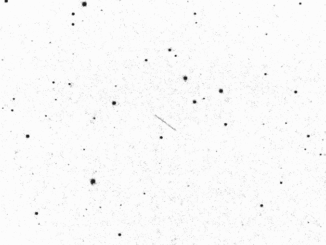
Watch near-Earth asteroid 2017 CS dash across the northern sky 28 May—1 June
Five hundred-metre-wide asteroid 2017 CS passes just 1.9 million miles, or 7.9 lunar distances, from Earth on the afternoon of Monday 29 May 2017. For a few nights around this date, Northern Hemisphere observers with 6-inch and larger ‘scopes can see the asteroid gallop through the constellations of Canes Venatici, Boötes and Hercules at up to 14 degrees/day.
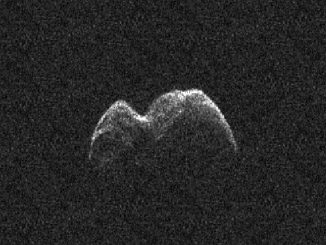
Watch asteroid 2014 JO25 brush by Earth on 19 April
A peanut-shaped asteroid almost a mile long known as 2014 JO25 passes within 5 lunar distances of Earth on 19 April — the closest any known space rock of this size has approached our planet since September 2004. We show you how to find this fast-moving potentially hazardous asteroid in small telescopes during the UK night of 19-20 April.
